Personalized metal...
Food-Grade Tin Box Customization Guide: Size, Printing and Sealing Full Analysis
This guide details the three core elements of the customization process: how to accurately select the tin box size, achieve a high-quality tin box printing process, and ensure the critical food-grade sealing. Help you find a reliable tin box manufacturer and create a tin box packaging solution that is both safe and eye-catching.
In the highly competitive food market, unique packaging is the core weapon to attract consumers, enhance brand value, and ensure product freshness and safety. Customized tin boxes, especially food-grade tin boxes, have become the preferred choice of many food brands due to their excellent protection performance, high-end texture and unlimited customization possibilities. As a professional tin box manufacturer and tin box supplier, we know that the details of the customization process determine success or failure. This guide will focus on the three key links of size, printing, and sealing to help you make wise decisions.
1. Size selection: precise matching, optimizing space and cost
Product demand is fundamental: Carefully measure the volume and shape of your food (such as round biscuits, long chocolate bars, and block tea cakes). Consider whether the product needs to be stacked and whether additional space is needed for lining (such as sponges, foams, oil-absorbing paper) or desiccants. Reserving appropriate space (usually the product height accounts for 2/3 to 3/4 of the tin box height) can prevent shaking during transportation and show a sense of fullness.
Clear use and scenario: Is it a single retail package, a multi-piece gift package, or a large-capacity family sharing package? The target sales channel (online needs to consider the compatibility of the transport box, and offline shelves need to consider the display effect) also affects the size design.
Diversified shapes: common ones are round, square, rectangular, heart-shaped, and special-shaped. A round tin box is classic and universal; square or rectangular space utilization is high; a special-shaped tin box packaging is highly recognizable. The choice needs to balance aesthetics, production complexity, and cost.
Clear capacity label: According to the actual net weight of the contents, it is marked on the box body or bottom to meet regulatory requirements.
Choosing the right tin box size is the first step to a successful customization! Consult your tin box manufacturer for professional advice.
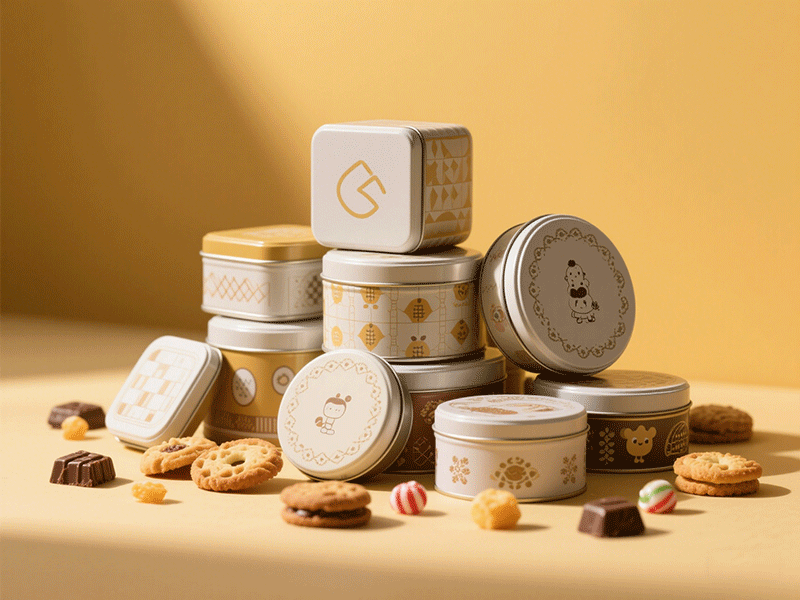
2. Printing process: create visual impact and convey brand value
Detailed explanation of printing technology:
Offset printing: most suitable for complex patterns, gradient colors, and high-definition pictures. Accurate color reproduction makes it the first choice for high-end tin box printing.
Screen printing: thick ink layer, bright and saturated colors, and obvious touch. Suitable for large-area color blocks, logos, and simple text. Special effects can be printed (such as embossed characters and frosted).
Hot stamping/hot silver: Use metal foil to stamp patterns and text on the surface of the tin box, instantly enhancing the sense of luxury and class.
Design file requirements: Provide high-resolution (above 300dpi), CMYK mode vector files (AI/EPS) or bitmap files. Be sure to set the bleed position (usually 3mm). Clearly define the Pantone color number to ensure color accuracy.
Proofing confirmation: Before formal mass production, be sure to ask the tin box supplier to provide printing proofs (digital samples or machine samples) to carefully check the color, text, pattern position, and other details.
Surface treatment: After printing, you can choose varnish (increase gloss, wear resistance), matte oil (low-key texture), ocular UV (highlight specific areas, increase touch), and other processes to improve the final effect and protect the printing layer.
Let your tin box packaging become a silent salesman! Professional tin box printing can greatly enhance the brand image.
3. Sealing: The lifeline of food safety
Food-grade material guarantee: The core lies in the use of tinplate that meets international food contact safety standards (such as EU EC 1935/2004, US FDA 21 CFR 175.300). As a responsible food-grade tin box manufacturer, relevant material safety certification must be provided.
Key sealing structure:
Crimping process: The seam between the box body and the bottom cover is crimped by precision machinery, which is the basic sealing barrier of the tin box. The level of technology directly affects the firmness of the seal.
Inner lid/sealing gasket: This is the core of achieving food-grade sealing! Common choices are:
EVA foam gasket: Good elasticity, low cost, suitable for dry foods (tea, biscuits, candy).
Food-grade PVC gasket: Excellent sealing, high transparency, must ensure compliance with food-grade standards.
TPE/silicone gasket: High elasticity, wide temperature resistance, non-toxic and tasteless, ideal for high-end foods (chocolate, coffee powder, health products), high cost.
Outer lid fit: The lid must fit tightly with the can body without obvious looseness. Some designs use inner plug lids or twist lids to enhance the seal.
Sealing test: Reliable tin box suppliers will conduct strict tests and provide test reports. Sealing tests are especially important for foods that are prone to moisture and oxidation.
Don't compromise on sealing! Choose a food-grade tin box supplier with strict quality control and testing capabilities.
4. Other important customization options
Liner selection: According to the characteristics of food, you can customize blister trays, paper trays, wrapping paper, etc. To fix the product and increase protection.
Accessories enhance function and experience: Consider adding accessories such as spoons, can openers, handles, ribbons, etc.
Surface substrate treatment: Tinplate itself has a bright surface (glossy tin) and a matte surface (matte tin), which affects the final printing background color and texture.

5. Choose a professional and reliable tin box manufacturer/supplier
Professional experience: Give priority to manufacturers who focus on food-grade tin box production and have rich industry cases.
Production qualifications: Confirm whether the factory has an ISO9001 quality management system certification, food-related certifications (such as BRCGS, ISO22000, etc.), and material safety certificates.
Customization capabilities and services: Evaluate its design support, proofing efficiency, production delivery, quality control process, and after-sales service.
Sample evaluation: Be sure to request physical samples and personally inspect the size, printing effect, material thickness, sealing structure, and overall workmanship.
Conclusion:
Customized food-grade tin box is a systematic project that integrates functional requirements, aesthetic design, and safety standards. A deep understanding of the three major factors of size, printing, and sealing, and choosing an experienced and fully qualified tin box manufacturer as a partner, is the key to your success in creating high-quality and high-volume tin box packaging. A well-made customized tin box can not only effectively protect the product but also become a carrier of the brand story, leaving a deep impression in the minds of consumers.
Contact your trusted tin box supplier now to start your exclusive food-grade tin box customization journey and put on a safe and gorgeous coat for your product!
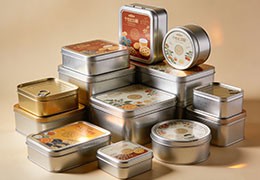
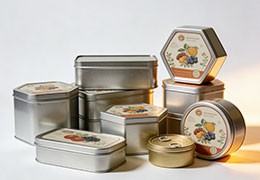
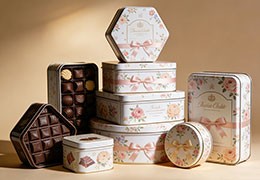
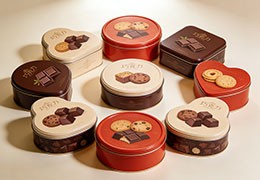
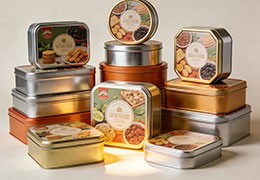

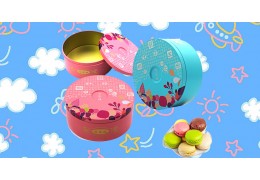
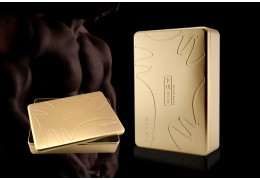
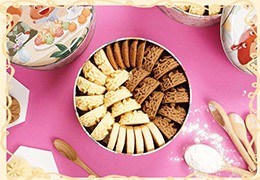
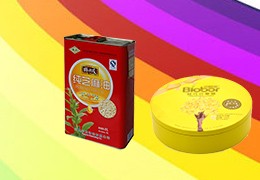
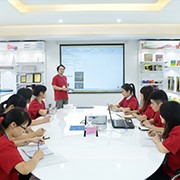
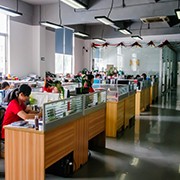


Latest comments